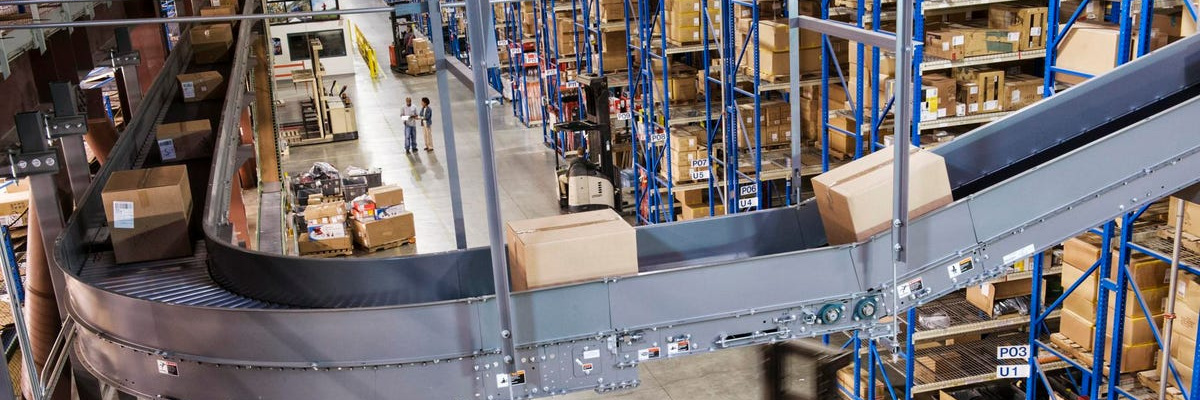ValuTrack is a provider of end-to-end supply chain, enterprise mobility, and automated identification and data capture (AIDC) solutions for performance-driven organizations. We will take a deep dive into your organization’s supply chain to understand its inner workings. Our experts will look at your physical work environment, technology infrastructure, hardware, product flow, business processes, and other factors. From there, our team of industry-specific experts will then work closely with you and your organization to understand your goals, provide insight into best practices, and establish a metrics-focused strategy that will deliver outstanding value. Talk to us today about some of the challenges you currently face. We are more than happy to sit down and discuss solutions that address your current challenges as well as options that set you up for future success and growth.


